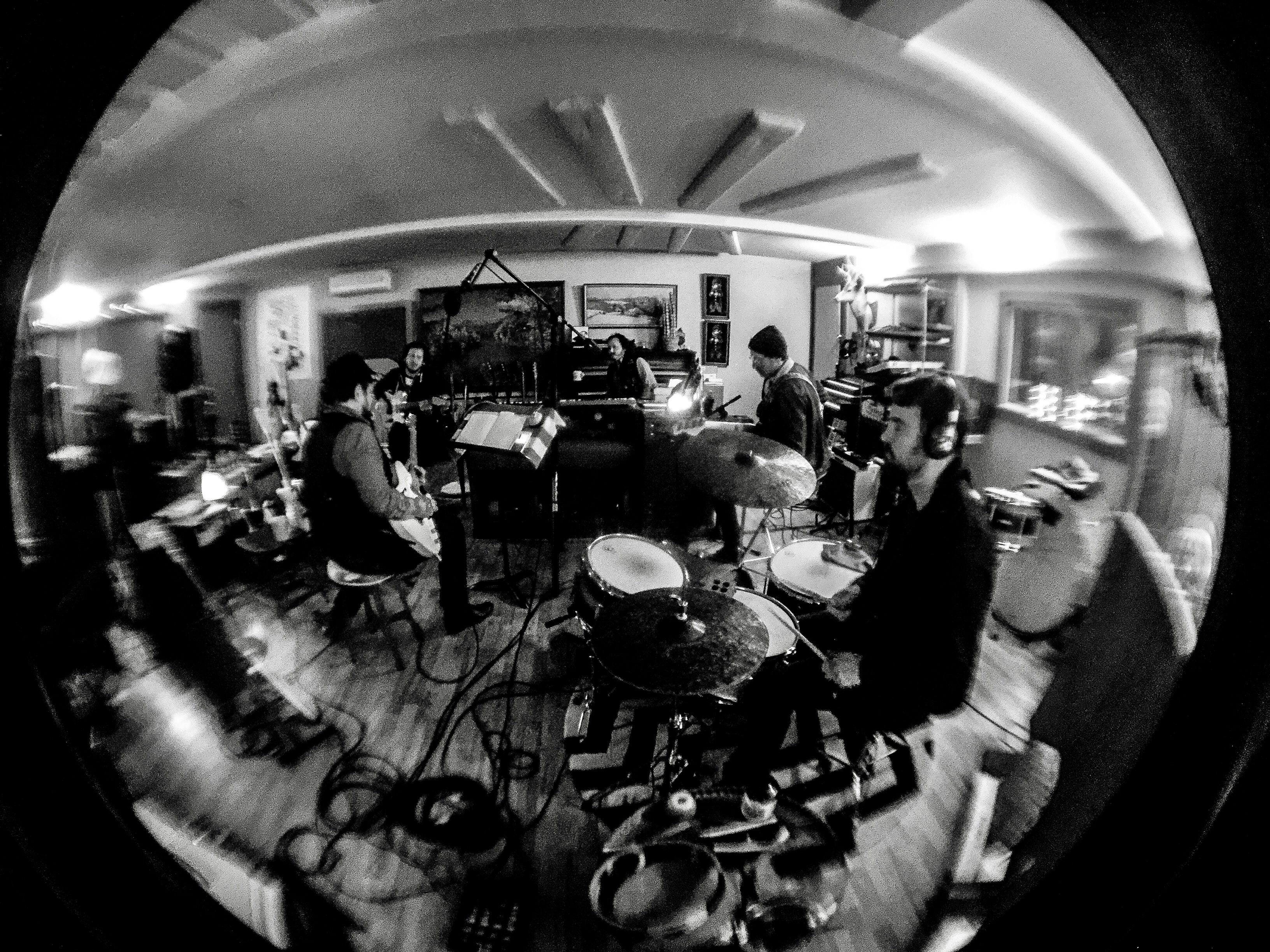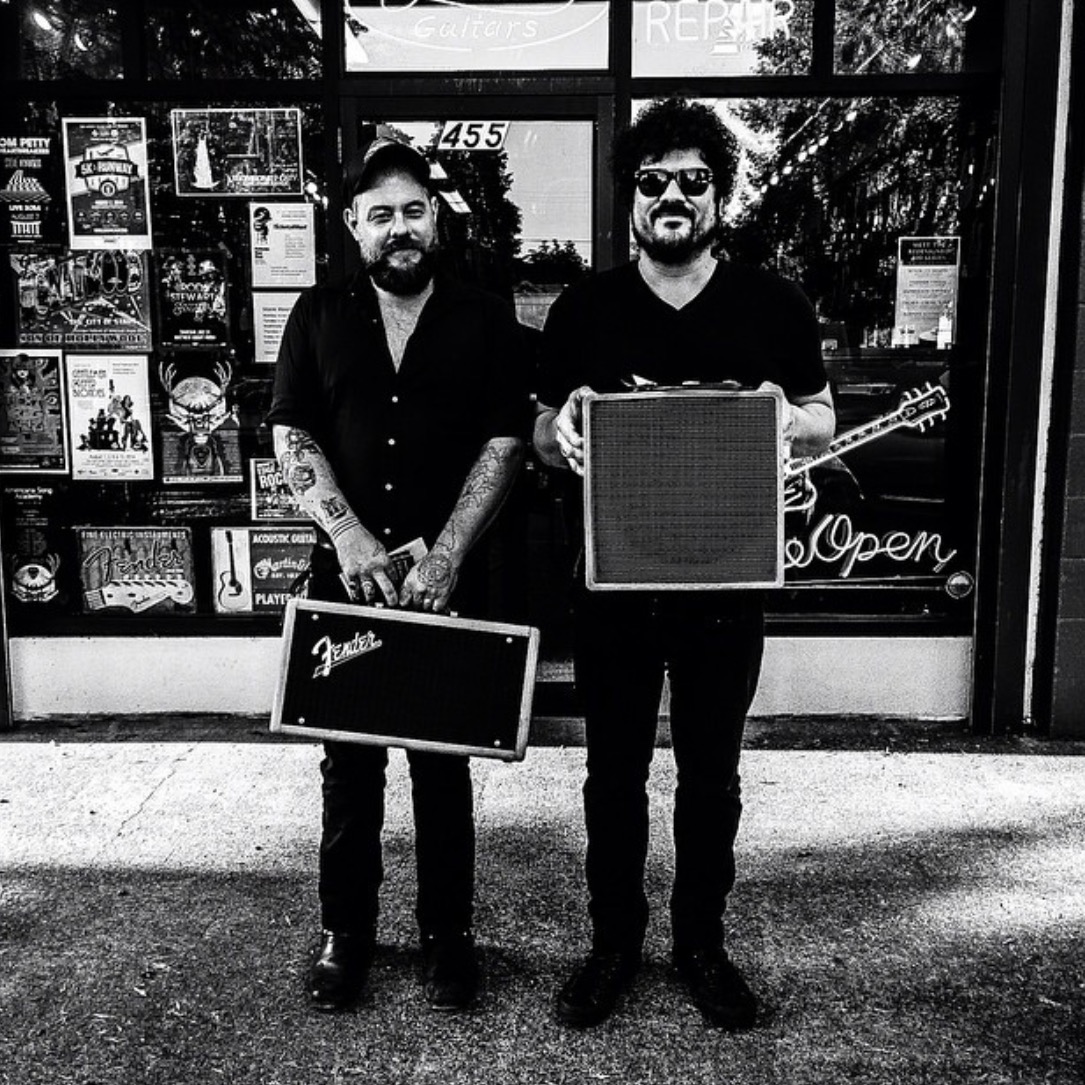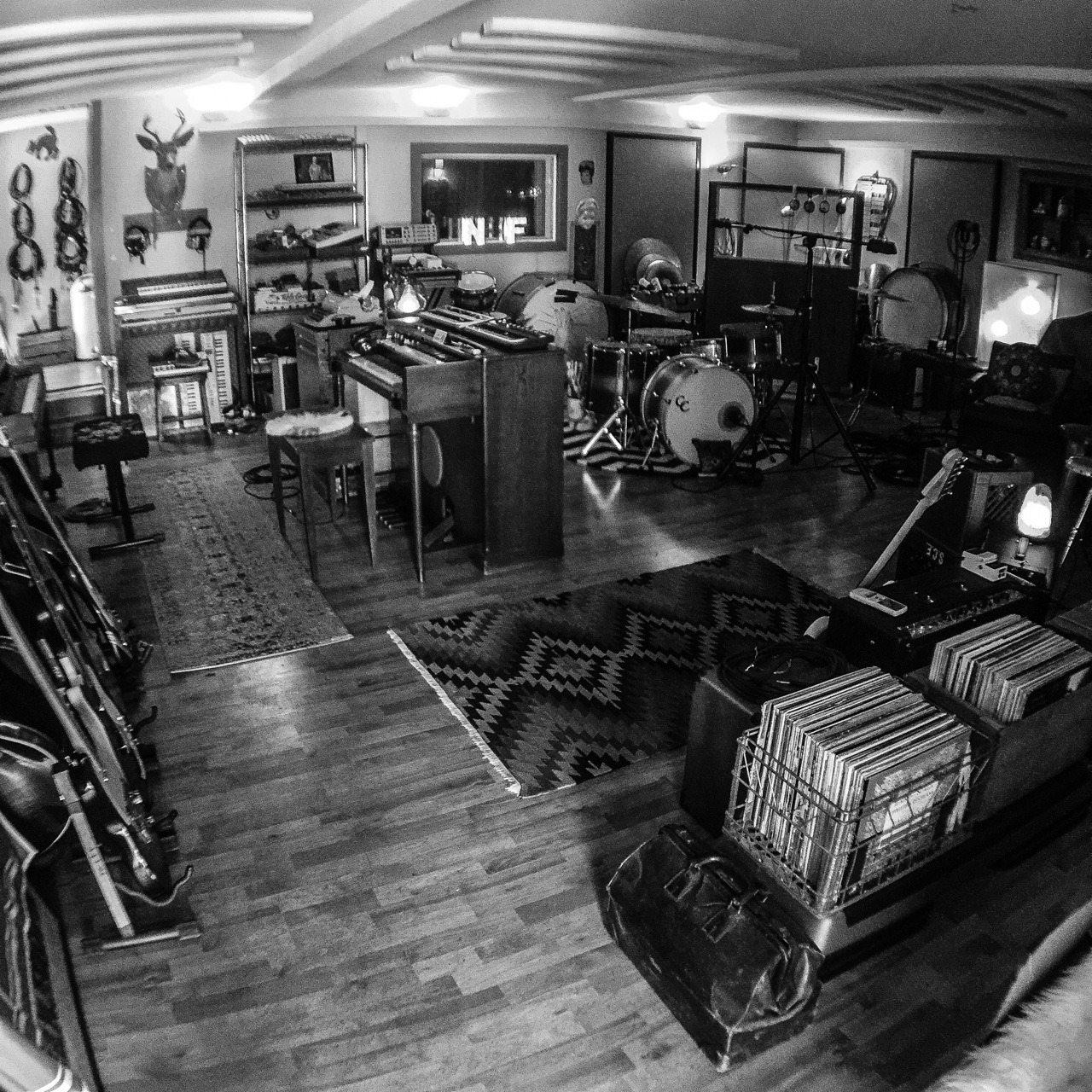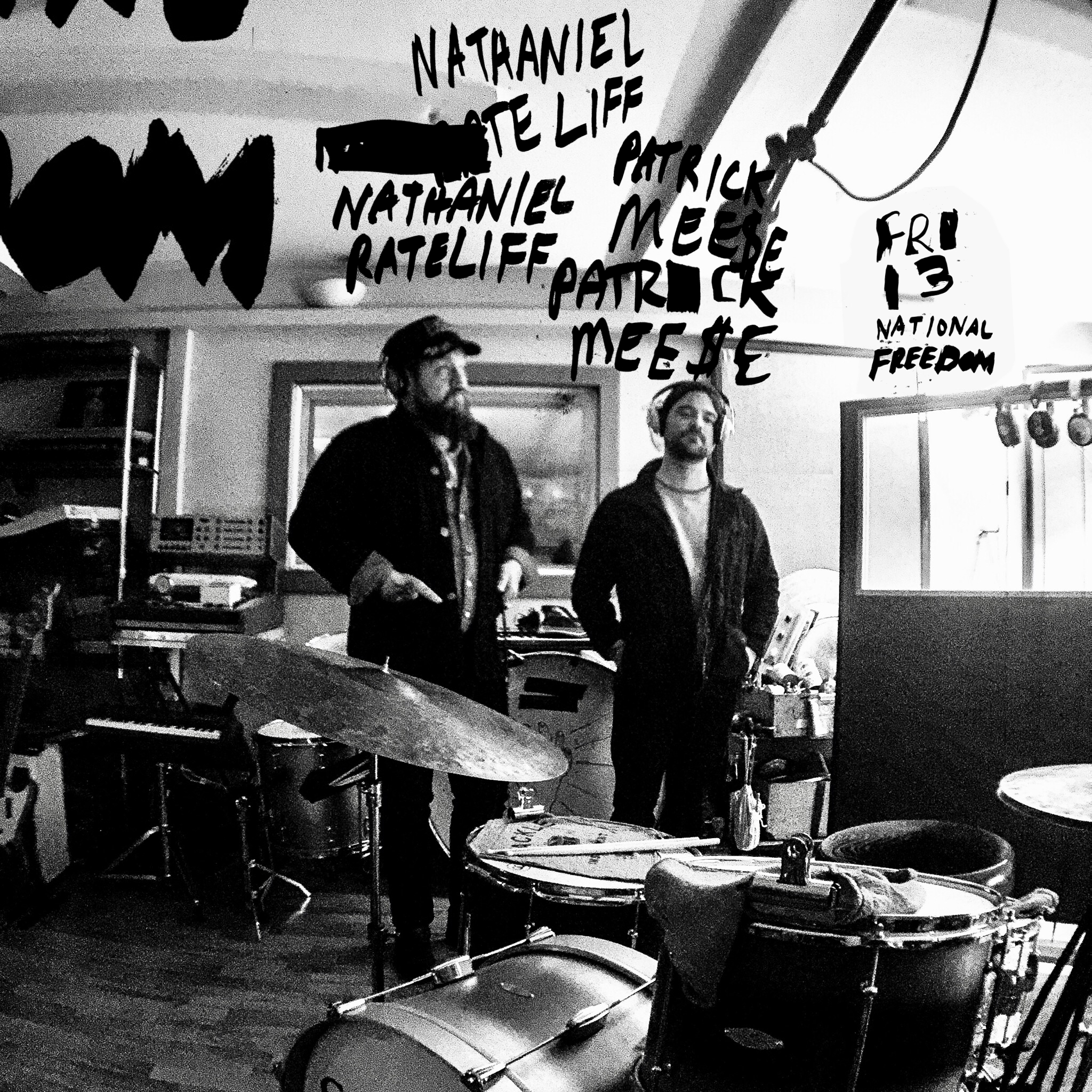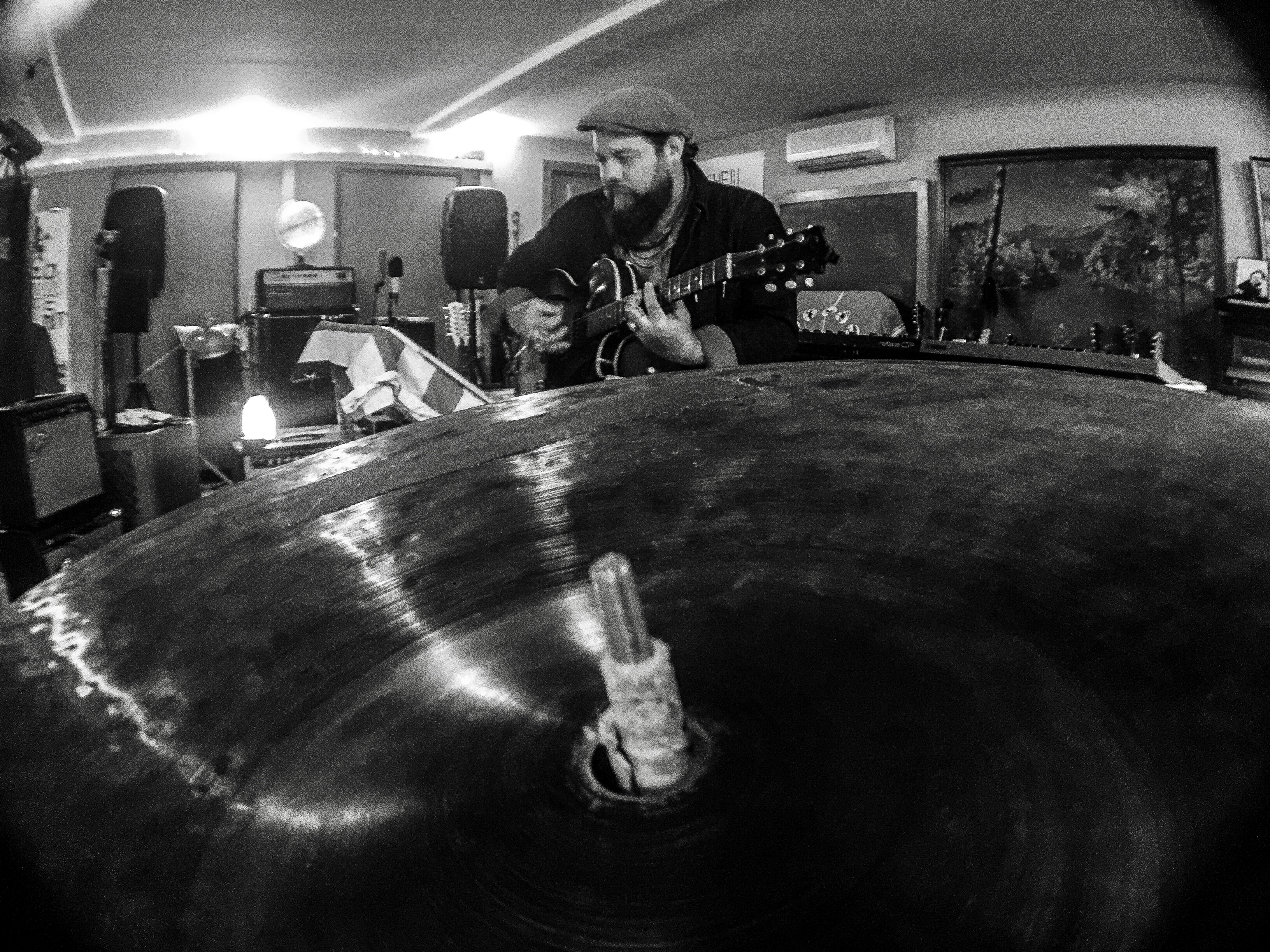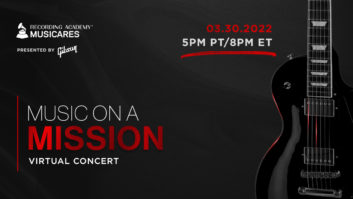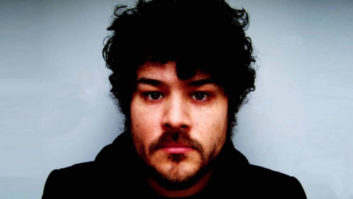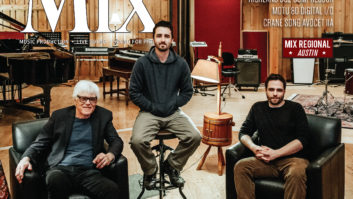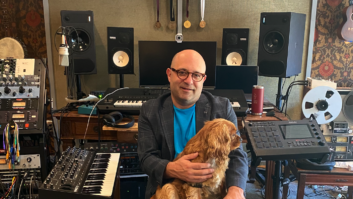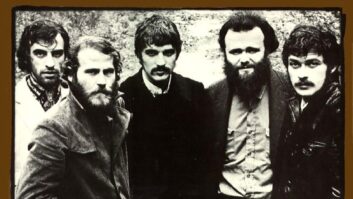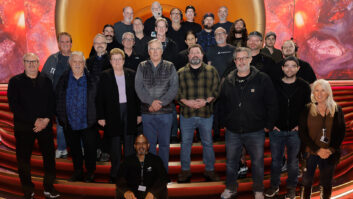When Mix covered one of Nathaniel Rateliff & The Night Sweats’ sold-out concerts in San Francisco in 2016, the group segued from their explosive hit “SOB” into The Band’s “Shape I’m In,” and back again. This moment spoke volumes: Rateliff & The Night Sweats have taken a page from the legendary Band’s book, playing soul music through their own filter.
“Most people who work with me want something timeless, but not completely retro or throwback,” says producer/engineer Richard Swift, who helped Rateliff and company make their breakthrough eponymous album in 2015. Now the band and Swift are set to release the follow-up LP, Tearing at the Seams (out March 9, Stax Records), which builds on the sound and success of their debut.
Related story: Nathaniel Rateliff and the Night Sweats, by Barbara Schultz, Mix, March 3, 2016
A solo artist and former member of The Shins, Swift has produced numerous acts, including Damien Jurado, Foxygen and Laetitia Sadler, as well as his former band and Rateliff’s crew. Describing the writing and demo sessions for Nathaniel Rateliff and The Night Sweats, Swift says, “The first record was basically just Nat and I, and Pat [Meese] the drummer came in halfway through. It was still such a new idea.”
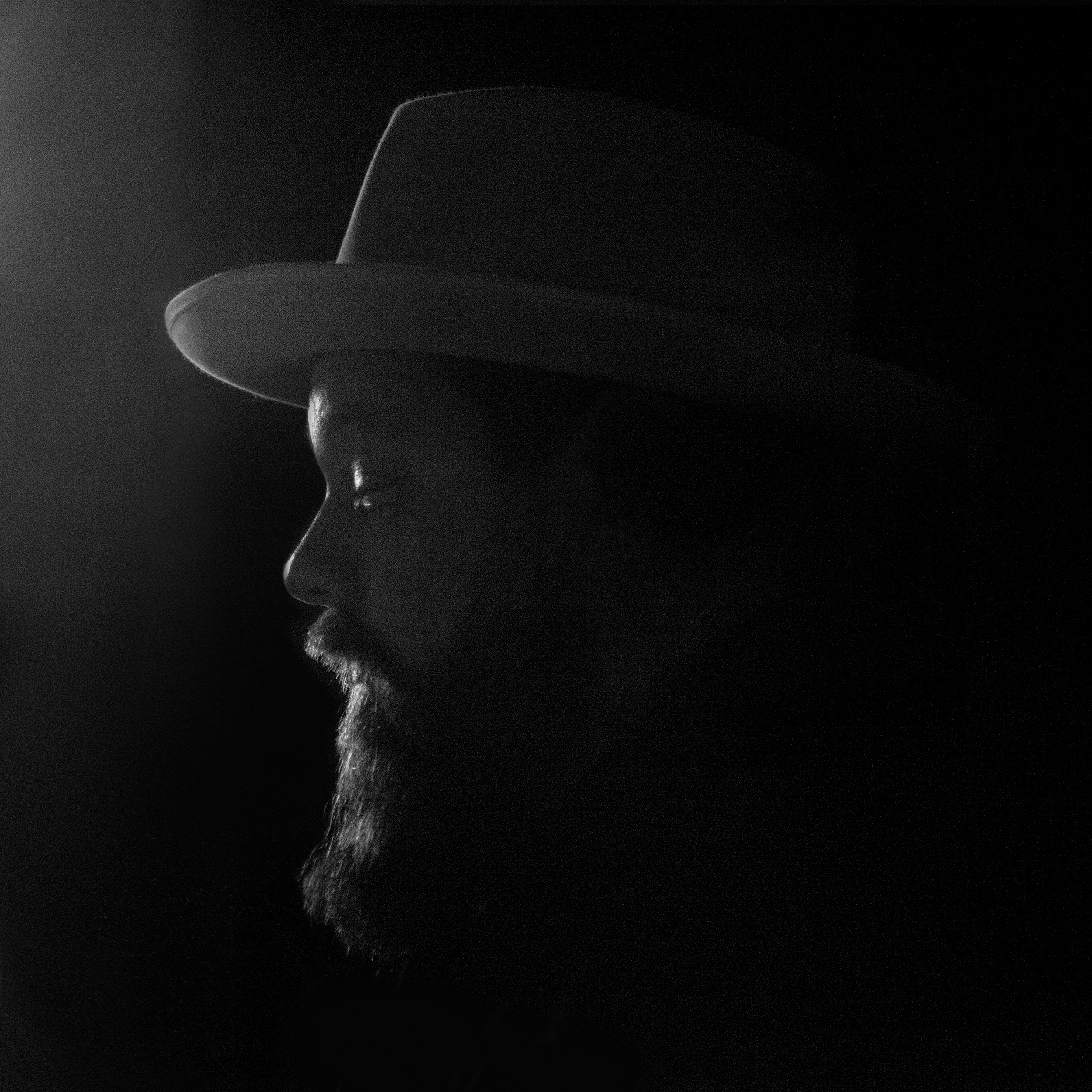
Swift refers to the fact that Rateliff’s previous albums were more quiet and folk-based. The soul sound of the first Night Sweats album was a departure, but by the time they were ready to record Tearing at the Seams, the group had been touring with the first record for more than a year.
“They’d become a really solid band,” Swift says. “Not just in terms of their songs, but there’s a very strong brotherhood. So when they started this record, they went out someplace in New Mexico. They had their sound guy [Jamie Mefford] with them and a portable recording setup. They were calling what they were recording ‘demos,’ but some things seemed finished.”
The project then moved to Swift’s National Freedom studio in Cottage Grove, Ore., where he tracked live band sessions, then overdubs (vocals, solos, horns), to Pro Tools 10. “I’m afraid to upgrade because I feel like my sound is getting more and more dialed,” Swift says.
Other key ingredients to Swift’s sound include his collection of dynamic and ribbon mics (he doesn’t care for condensers), and spring reverbs, including a half-broken AKG BX10: “It’s a stereo spring reverb unit, and one side doesn’t work, but I’m afraid to get it fixed because I don’t want to lose its mojo,” he says.
Below, Swift shares his personal studio photos and more details about the production of this much-anticipated sophomore release.
